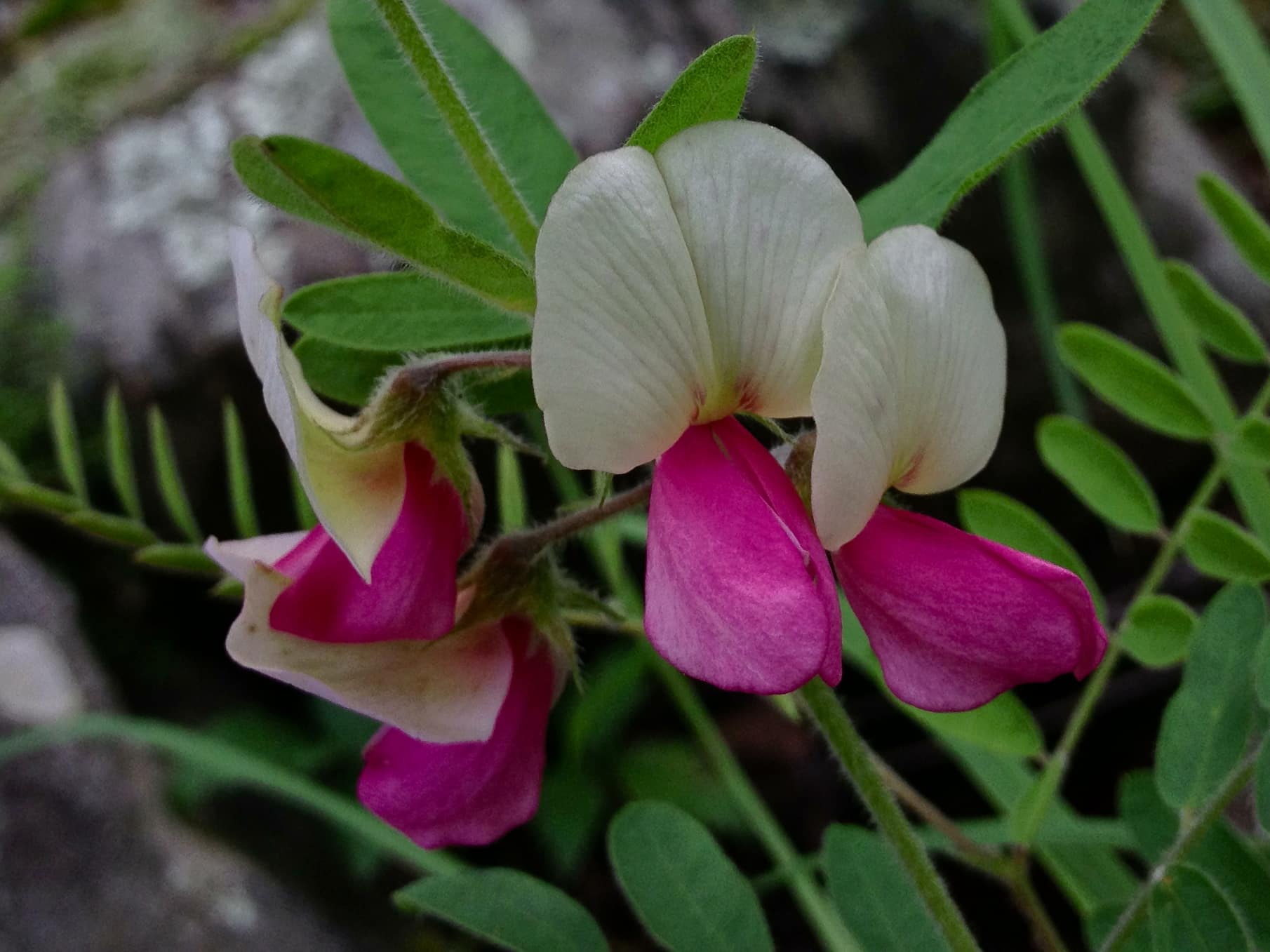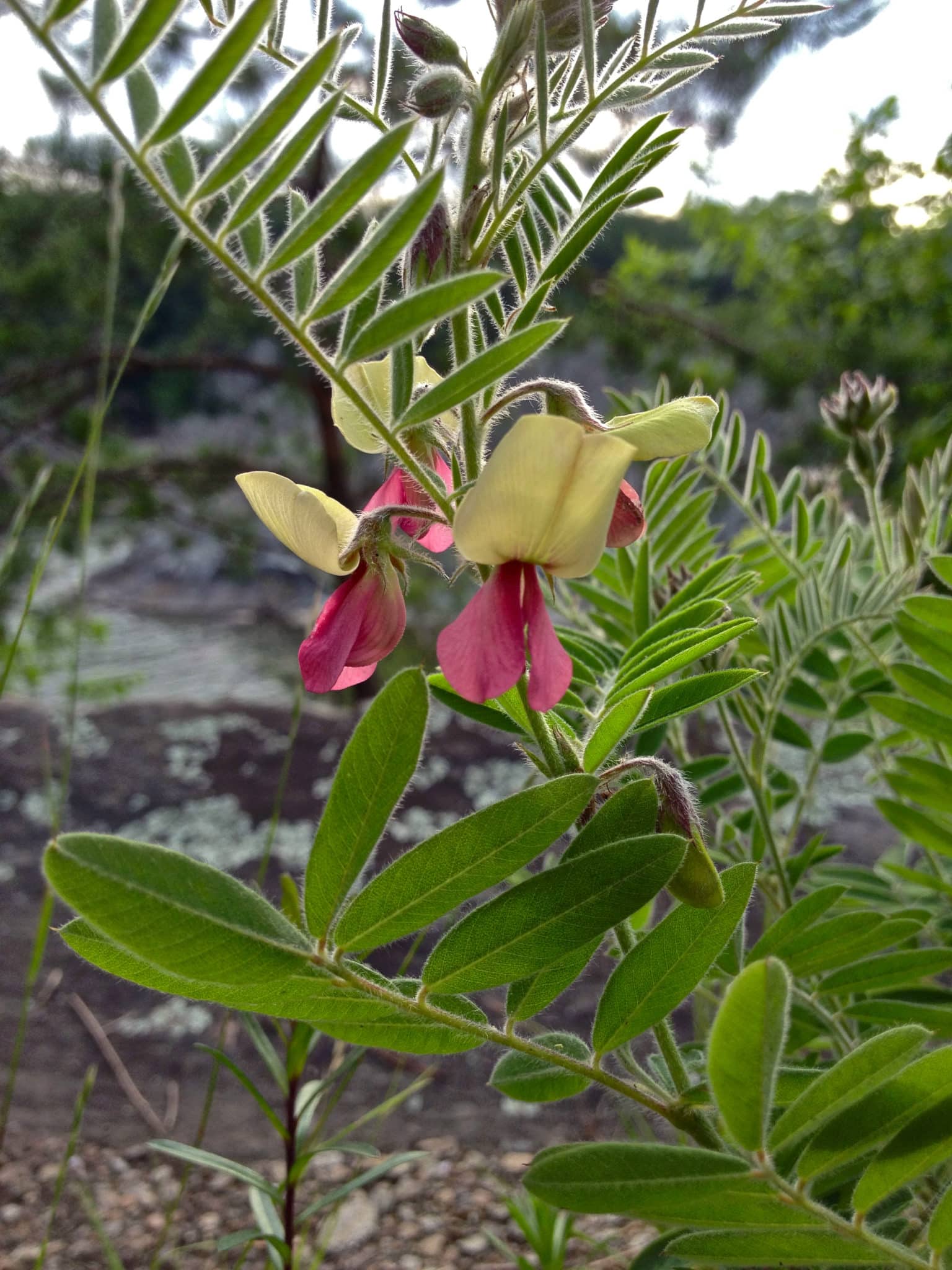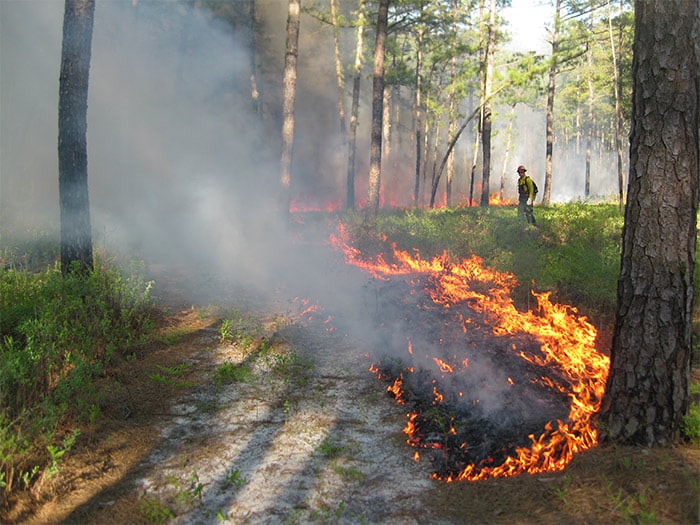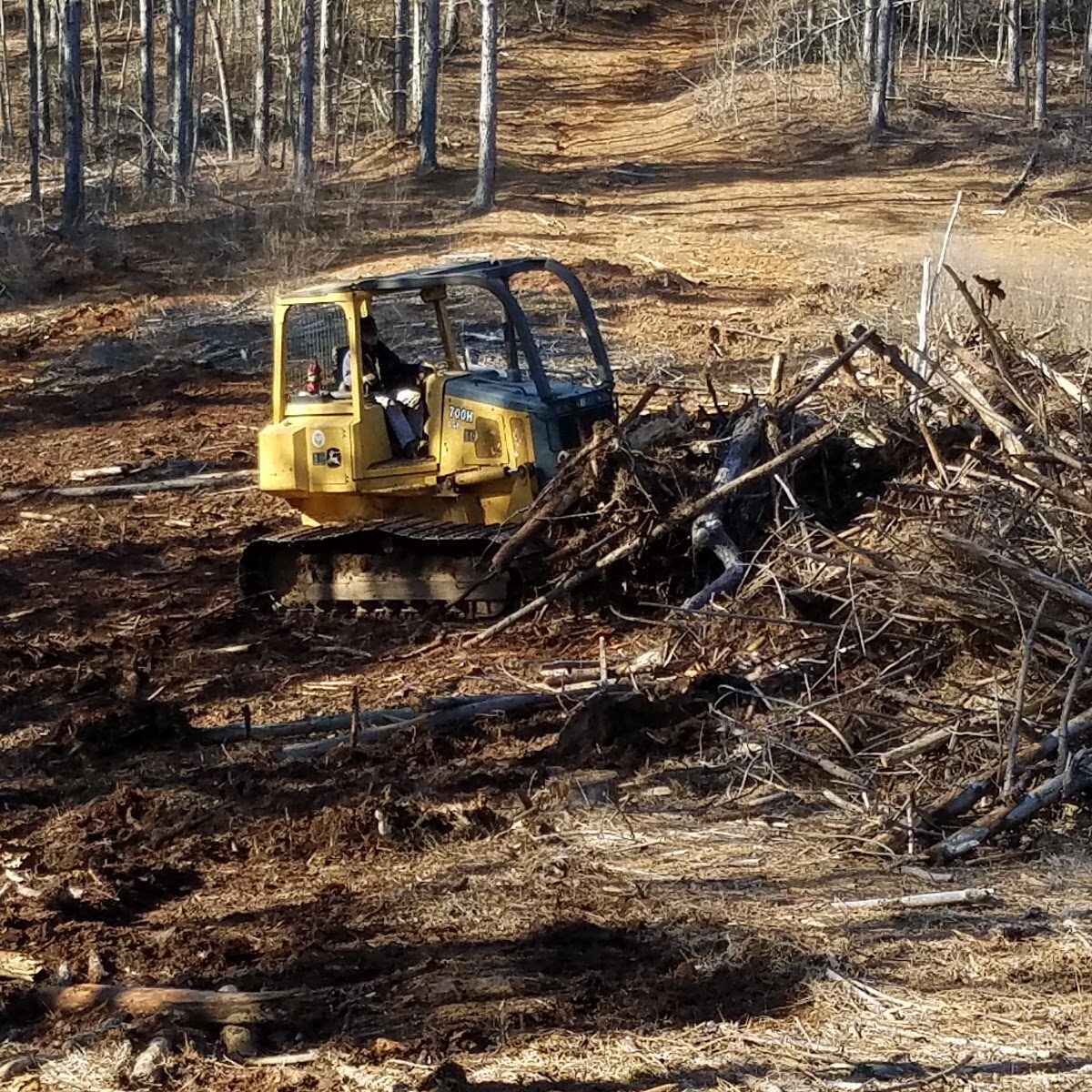Goat's Rue
Tephrosia virginiana
Status: Secure
Goat’s Rue is a bushy perennial that is native to the Eastern areas of the United States. The colors of this plant range from pink, purple, or a pale yellow. Stems and leaves of the plant are covered with soft white hairs. They are members of the pea family and their roots are able to fix nitrogen to improve the overall health of the soil. This plant was once fed to goats to help increase their milk production but since it contains a compound called rotenone, that is toxic to insects and plants, it is no longer given to goats.


Habitat & Range
Goat’s rue has a wide distribution in eastern North America from Ontario to New Hampshire to Texas and Florida. They are most commonly found in southern, central, and eastern parts of Missouri but not found in the northern parts. Goat’s rue is native to dry open woods and sandy prairies. They require full sunlight and are able to resist drought conditions.
Food Web & Energy Flow
Like most plants, the Goat’s rue gets its energy from the sun through photosynthesis, making it a primary producer. In order for these plants to survive they require soil, water, and a lot of sunlight.
Relationship to Fire
Frequent fires are important for Goat’s rue. If prescribed fires on the forest floor are not constant in the Longleaf pine ecosystem, other plants and trees can grow tall, blocking this plant species from the sunlight. After a fire, Goat’s rue is able to regrow immediately and can add nitrogen back to the soil.

Conservation Status
Goat’s rue is considered Secure and is found in abundance in different areas across the United States. Although there are no major threats to the species, some minor human disturbance such as fire suppression and land use has caused a decline in their overall population size.

Human Impacts/ Threats

Land Use Conversion
Longleaf forests and the habitat it supports is being cleared or converted to use the land for other uses like houses, roads, agriculture, and even to grow different types of trees to sell.

Fire Suppression
Many people think of fires in the forest as bad, so they work hard to prevent or suppress them. But longleaf forests NEED regular fire to support habitat for the species that live there!
Resources
Lady Bird Johnson- Wildflower Center. Plant Database
Missouri Botanical Garden. Gardening Help
U.S. Forest Service. Plant of the Week
